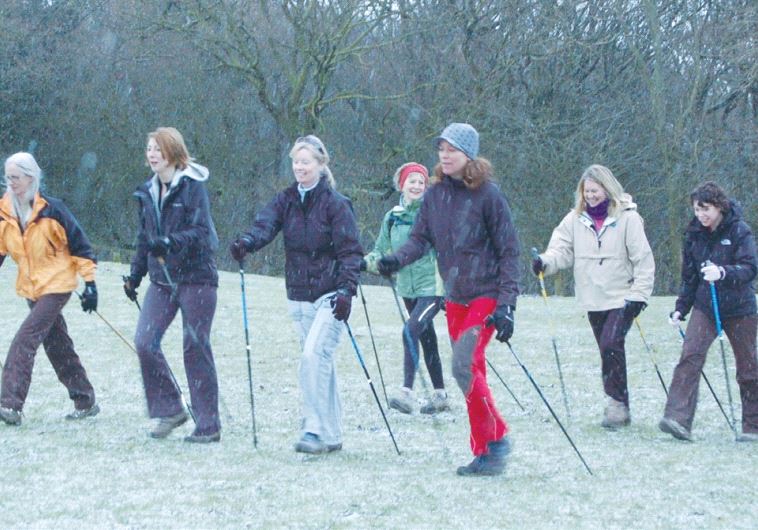Nordic walking sticks can alleviate back, hip and knee pain
The poles can be purchases at sports-equipment shops and through Nordic walking clubs.
 A NEW STUDY exhibits the health benefits of walking with Nordic poles.(photo credit: MALCOLM JARVIS/WIKIMEDIA COMMONS)
A NEW STUDY exhibits the health benefits of walking with Nordic poles.(photo credit: MALCOLM JARVIS/WIKIMEDIA COMMONS)